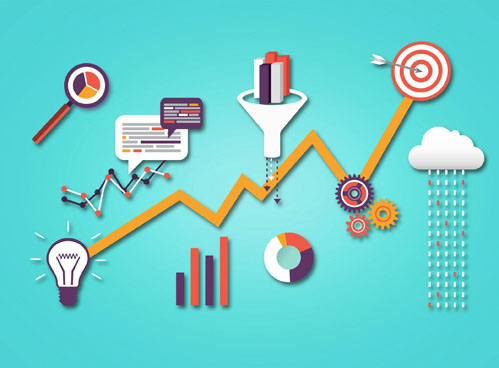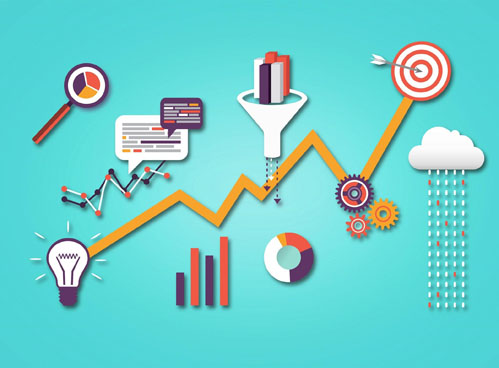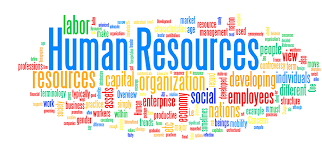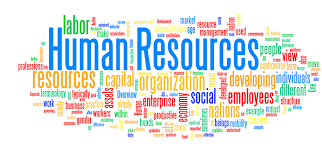Employee well-being is a major concern for organizations, especially when those entities are concerned about productivity.
Data from the Bureau of Labor Statistics published a report revealing that in 2016, there were 2.9 million reported workplace-related injuries and illnesses.
Nearly one-third of them required workers to take days off work. Those are significant numbers considering that many workers do not formally make reports to their bosses when they get sick.
In the United Kingdom, data shows there were 25.7 million days of work lost in 2016 and 2017 due to illnesses. Also, 12.5 million of those cases were related to depression, anxiety or stress.
It’s not surprising that many employers are investigating ways to take proactive measures to prevent employees from getting sick.
One of their main efforts involves using big data and poring over statistics that could indicate instances of ill health are on the rise or going down. However, both potential positive and negative aspects of that approach exist. Here are some thoughts.
People can get healthier together
Many of the advantages of collecting employee data involve people teaming up to track their metrics over time and work toward a common goal, such as weight loss. In those cases, participants can encourage each other and see the changes in their colleagues.
Employers experience cost savings
When employees can’t work due to illness, they frequently cause their colleagues to bear the burdens of their absence and may disrupt operations in the process, creating new expenses. Also, if key individuals working on critical projects get sick, organizations could face costly consequences due to missed deadlines.
When employees are healthier, workplace representatives may choose less expensive, more appropriate health insurance premium packages, too.
Employees could feel discriminated against
Some companies reportedly track employee health data to see how many employees are likely to become pregnant.
Women frequently already experience a great deal of anxiety about telling their employers they’ll need to take maternity leave or otherwise adjust their work schedules due to pregnancy, and this new development could make that worse.
One app called Castlight gathers data about employees and uses it to urge them to make better decisions about their health. Not surprisingly, some individuals assert that practice is too invasive.
The company says it cannot give organizations data about individual employees, but that does not always make people feel better.
That’s because current laws give more freedom to sort through health data that does not identify a person compared to the material that does.
Even if a worker’s data is represented in a larger segment, he or she might wonder if data pulled from a software suite is causing a boss to have unfavorable views of the individual’s dietary choices, decision to smoke cigarettes or the fact that he or she drinks lots of soda at work.
Fearful feelings may increase
Also, individuals are already wary about how the apps they use collect and evaluate data about them. That’s because many of the apps do it silently in the background.
Sometimes, the data collection practices are part of the terms of use for an application, so if users do not consent, they cannot access the app.
If people do not understand how their workplaces use collected information and feel they cannot go to a designated individual or department to ask questions, they may become so uneasy that their work outputs decrease.
If the pressure feels too great, they may look for other employment prospects.
Being transparent is often preferable
When an organization decides to start using big data for employee tracking purposes, that conclusion could mean many things.
Some specifics must be determined. For example, what statistics are gathered, and why? Also, are employees aware of the data tracking methods, and can they opt out of them without fear of being seen as non-compliant?
It’s crucial for workplaces to keep ethics in mind at all times when collecting and using data. They must determine the best ways to protect employee privacy while meeting organizational objectives.
Coming up with an information governance plan and asking for employees’ input is a great start. Furthermore, workers should get the opportunity to formally say they do not consent to their details being collected and not have to give reasons why that’s the case.
Making employees aware of what to do if they have questions about data use at work is another excellent step to take.
Also, employers should strive to show they’re genuinely open to receiving feedback. Being able to provide it should make employees feel they still have some control over data about themselves and how it is used.
Health data collection is a practice likely to continue gaining popularity in modern workplaces.
However, keeping employees on board with the idea and not making them consider working elsewhere involves honesty and openness about the techniques used and what purposes they serve.











![Top 12 interesting careers to explore in big data [Infographic]](https://crayondata.ai/wp-content/uploads/2016/10/education-1.jpg)

